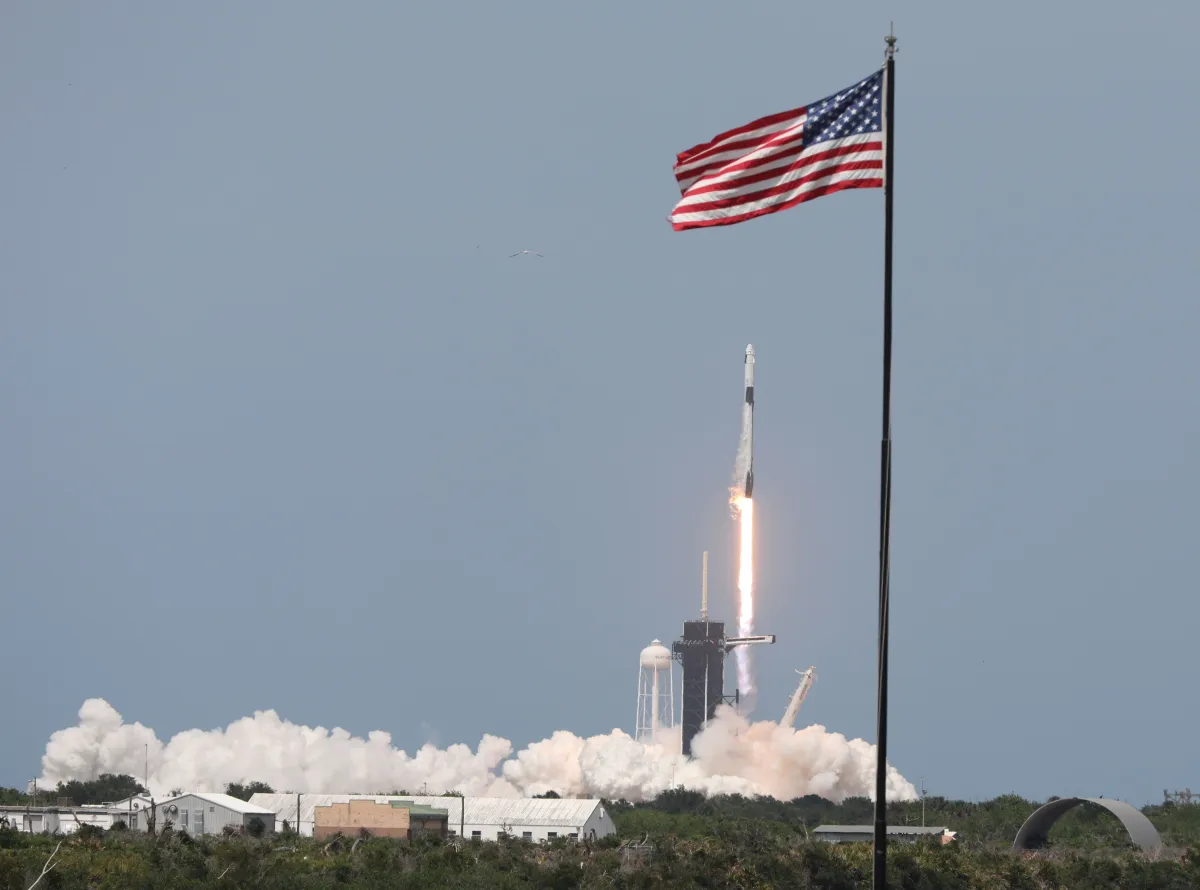As regulators consider SpaceX’s proposal to launch its massive Starship rocket from Kennedy Space Center, new federal documents caution that the flights could ripple through Florida’s airspace, forcing reroutes, delays, and even ground stops at major airports.
According to a draft environmental impact statement (EIS) released by the Federal Aviation Administration, launches and landings of Starship and its Super Heavy booster could cause delays ranging from 40 minutes to two hours at airports including Orlando International, Miami International, Tampa International, and Fort Lauderdale/Hollywood International. Reentries could also trigger similar disruptions.
To manage risks, the FAA plans to establish Aircraft Hazard Areas (AHAs) over impacted zones, potentially affecting air routes above the Atlantic Ocean, Gulf of Mexico, the Caribbean, and even parts of Central America. “AHAs may necessitate the closure of dozens of coastal and deep-water oceanic airways,” the report states.
While Falcon 9 launches rarely disrupt commercial air traffic, Starship’s size and early development stage pose new challenges, with larger safety zones required in case of anomalies. The FAA said mitigation measures like pre-coordinated reroutes and time-based traffic management could ease burdens, and noted it is already working with SpaceX and aviation groups to finalize airspace plans.
Related: Trump’s New Executive Order Targets Space Regulation Overhaul
The draft EIS envisions up to 44 Starship launches annually from Kennedy, with landings at sea or on-site at Launch Complex 39A. The U.S. Space Force is conducting a parallel review for launches from Cape Canaveral, where up to 76 annual flights are being considered.
Starship, a 400-foot rocket designed for lunar and Mars missions, is still in early testing phases, with recent flights occasionally ending in explosions. FAA officials said reliability improvements could reduce closure times in the future, as more operational data is collected.







